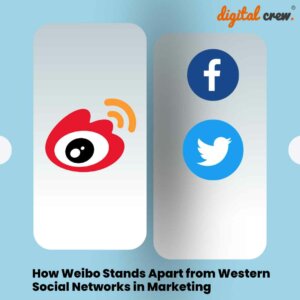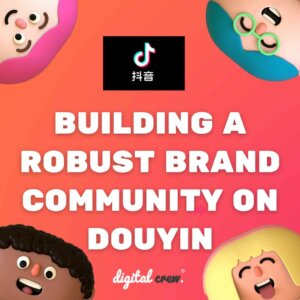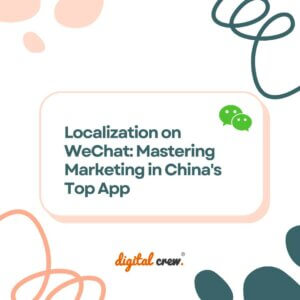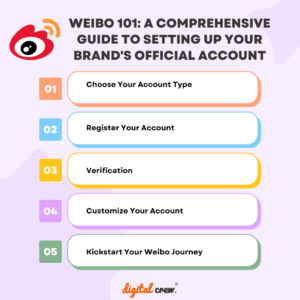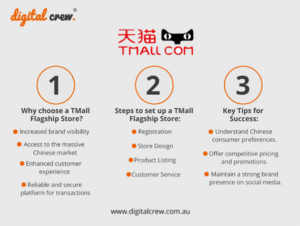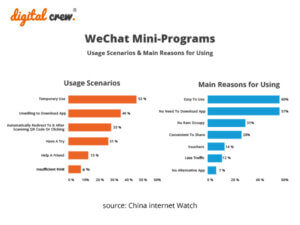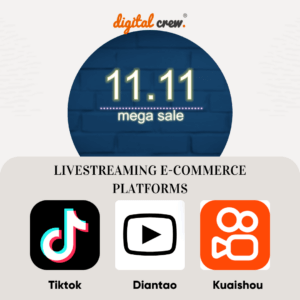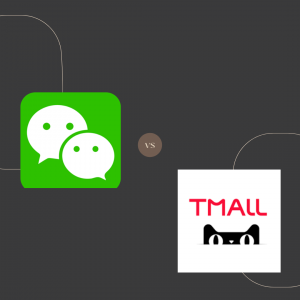While China’s government has banned Facebook, Twitter, Google Plus, Instagram and a number of other western sites, LinkedIn has somehow managed to enter the Chinese social media world and stay there.
LinkedIn in China was formerly operated in English, but in 2014, the company even launched its Chinese language version of the platform – opening it up for non-English speakers on mainland China and making it more responsive to the digital market.
How LinkedIn is faring in China
- LinkedIn is not huge in China, but it is growing. Before the launch of the new Chinese language platform, known as Lingying, it had about 4 million users. According to Statista, it now has 20 million. This may be a sign that its strategy in developing a separate site in simplified Chinese is working well and is bearing some fruit.
- LinkedIn China was launched as a joint-venture with Dragon Networking – an affiliate of China Broadband Capital. Some commenters feel that by joining forces with a partner in China, the platform is able to be more innovative on a local level.
- As a marketing exercise, Lingying has teamed up with WeChat and Weibo, giving it greater online visibility. This might account for the some of the growth in membership numbers it has experienced.
- Other strategies include development of a new app called Red Rabbit, designed to attract younger members in China, and the running of adverts in railway subways featuring Chinese celebrities.
LinkedIn is also enabling a connection point or ‘bridge’ between China and the west, providing online business communities with opportunities for international networking and for seeking out global business openings.
How has LinkedIn managed to avoid being blanked by China?
There could be several reasons:
- LinkedIn is a business-oriented networking site for professionals, and is less likely to attract the political and controversial content that Facebook and Twitter regularly does.
- Rather than develop the China platform as part of a parent company, it has been created as a separate entity, which gives it greater autonomy and enables it to be more distinctly China-oriented.
- The company has agreed to abide by China’s censorship rules by filtering out sensitive content. This is something that’s rather at odds with American culture and its emphasis on free speech, which appears to have caused conflict for a number of other US companies.
What we can learn from LinkedIn
As well as agreeing to play by the rules, LinkedIn appears to have geared its China site strongly towards local audiences.
The company has developed partnerships in China, and adopted a bilingual digital marketing strategy in terms of language, culture and content.
This is something that all companies hoping to break into China could take note of and learn from. It’s also something we can help you with through our bilingual services, by tailoring unique solutions for your business’s China marketing venture. Get in contact with us if you would like to know more.









